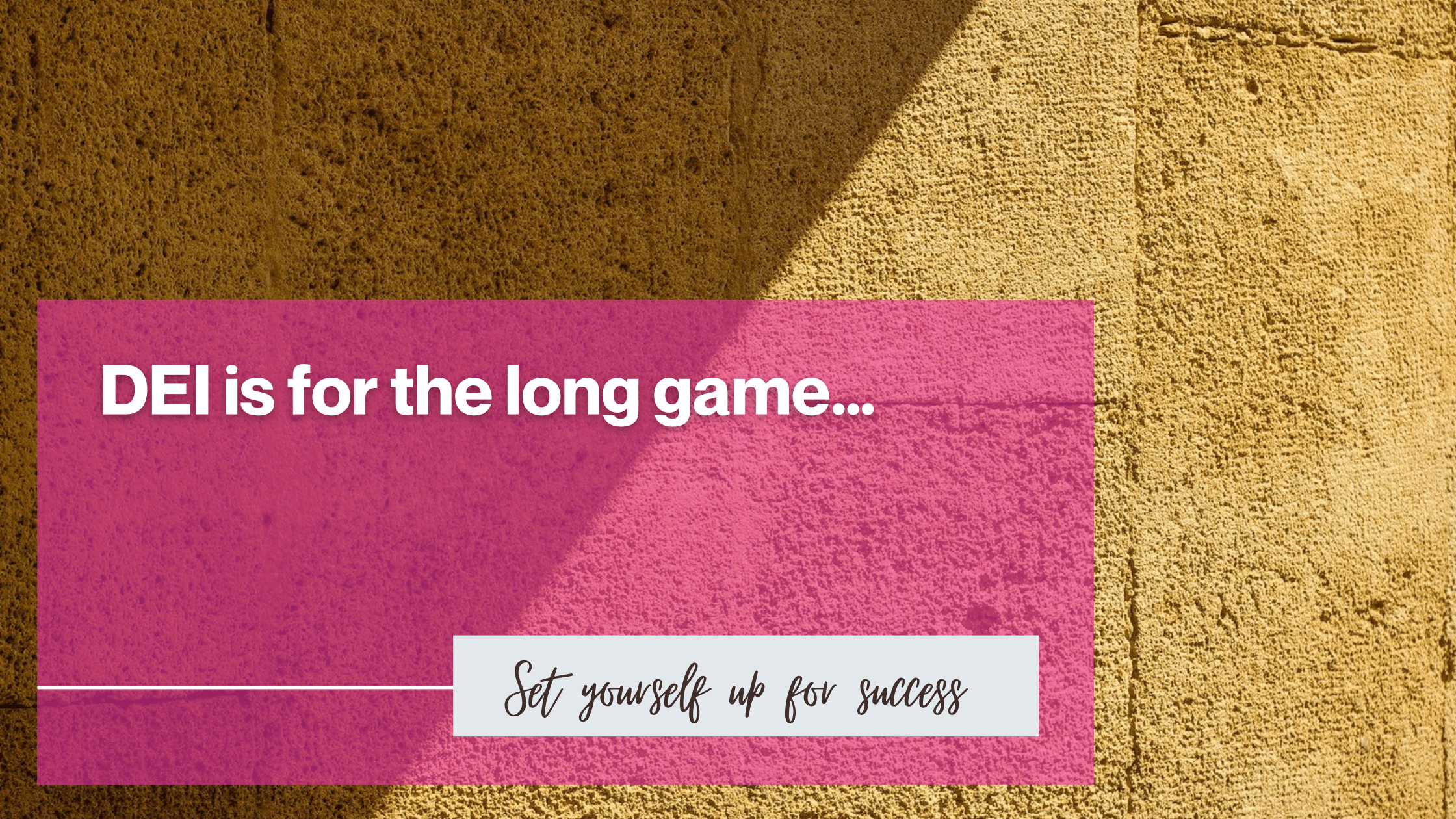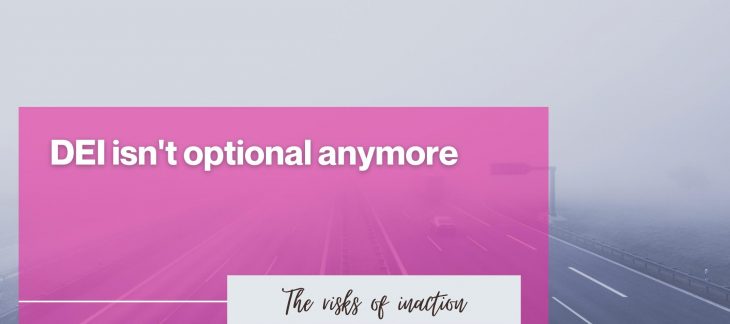DEI is for the Long game – if you are expecting quick change, save the effort. Everyone is talking about Diversity, Equity and Inclusion, but how many are talking about how people feel? DEI is an initiative. It is a strategy. But, how much of that includes the human experience? The feelings of employees? The overall goal should be BELONGING, not how many diverse candidates you hired.
There is a huge push in hiring Chief Diversity Officers – mainly, people of color representing diversity to drive diversity. Dig deeper – who are they putting in those roles? People of color – usually, that’s the only qualifier needed to be considered. This is tokenism – putting a person of color in that role and expecting them to bring diversity, equity and inclusion into practice. They may have the title, but do they have any power or authority? Do they have a budget, resources, headcount? Can they recommend HR policies? Can they hold people accountable? Can they facilitate investigations into issues? That is the question…that’s why we need to dig deeper beyond ‘liking’ the announcement on LinkedIn.
Any idea what the average budget for DEI is? $100,000. I have seen that as a line item for entertainment in budgets…so, $100k is supposed to be enough to change a company’s culture? Really – that number alone signals a ‘check the box’ and not true change.
The goal is Belonging – not DEI. A DEI strategy will get you belonging. Belonging measures how employees or people FEEL. Diversity measures how many. Inclusion measures whether diversity is present in the room. Belonging is how people feel being in the room. Do they feel welcome? Accepted? Able to share ideas – provocative ideas? This is where psychology plays a role – dig into what people feel when they are in the room or on the team. This is different for each individual.
One of the biggest mistakes companies make is starting with hiring more diverse employees. Let’s follow that through – so you just hired a woman of color. She doesn’t see another person of color or someone who looks like her. She is the ONLY person that looks like her in the office, on the team, in the meeting. She is also introduced as someone without the industry expertise. She is told over and over again that she should talk less. She is held to different standards – not allowed to ask provocative questions, not allowed to attend specific meetings, not given the authority to ask for resources without permission.
Does she FEEL like she BELONGS? Absolutely not. What do you think her engagement is? How long do you think she will stay? She will start looking at other opportunities and leaves. Well, there you are – you hired a diverse candidate, blamed her for not fitting in and then said, ‘well, we hired a diverse candidate and she didn’t work out, it’s probably because she was diverse.’ You can check the box, say you tried but THEY didn’t fit. What was the company’s role, the manager’s role or the CEO’s role in how a diverse hire FELT? In this case, ALL – everyone played a role in whether that diverse hire succeeded or failed.
If you are looking to truly create a workplace that people feel they belong, start with your leaders. What are they doing to make their teams feel a sense of belonging? How are they creating a psychologically safe environment where the individuals on the team feel comfortable asking questions, sharing ideas, making mistakes. By having people leaders that have inclusion at the heart of everything they do, we can create a brave space for employees to feel authentically themselves. When people feel included, accepted and valued, we will see real change in the workplace – more engaged – and when your teams feel valued, they will pass that on to clients. They are your representatives – imagine what clients will do?
So, you can think about the business case – which will engage CEO’s in DEI strategies, but use the moral case to win the hearts and minds of everyone else. Being accepted and valued is what employees want – imagine what they will do for your business if that is how they feel?



